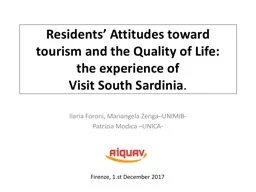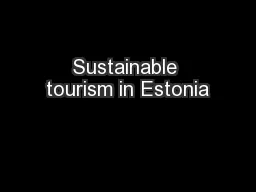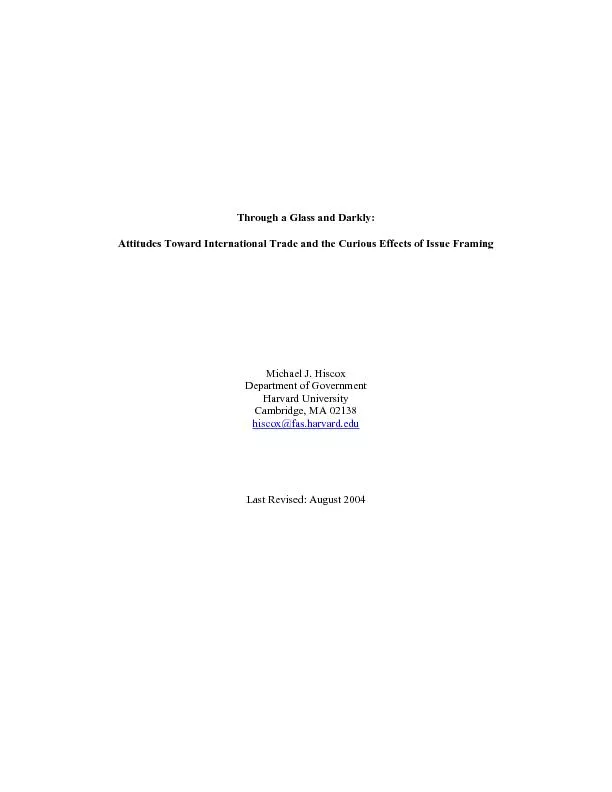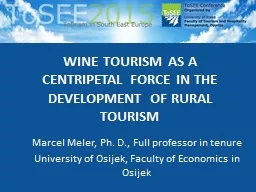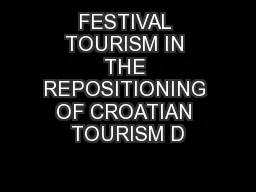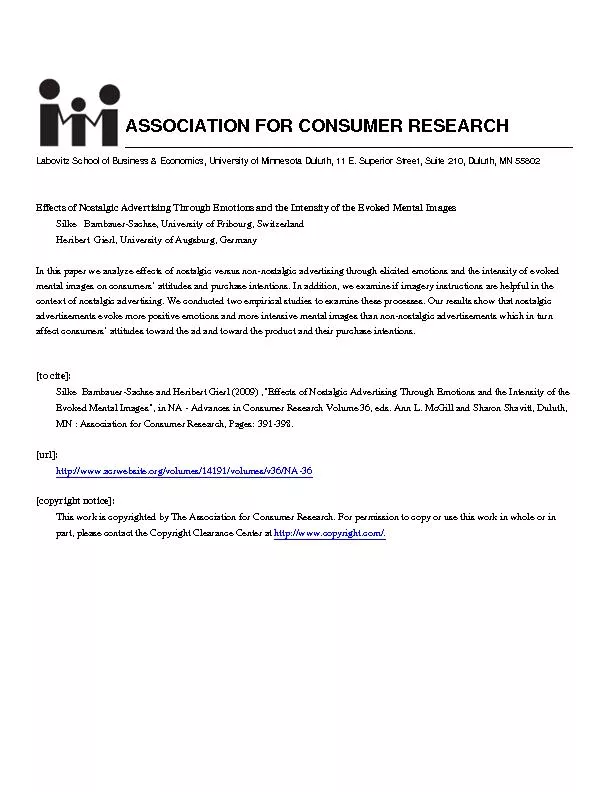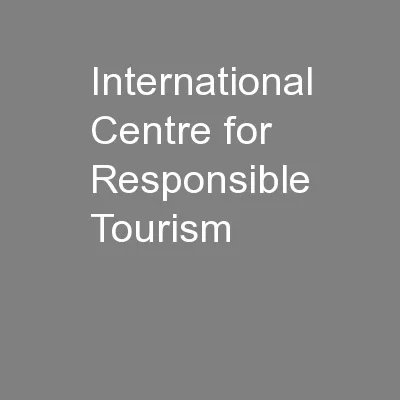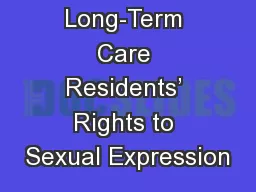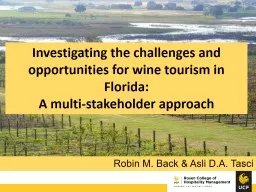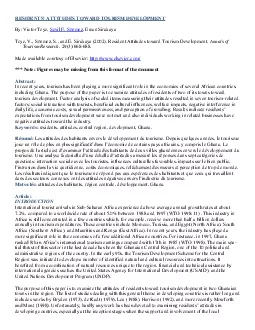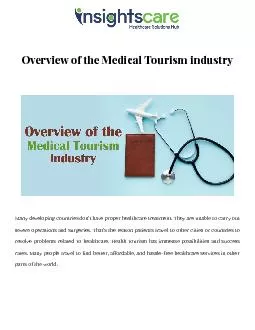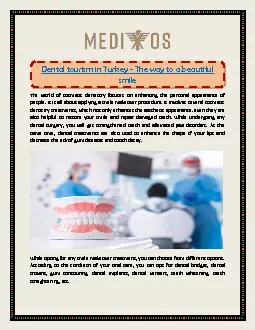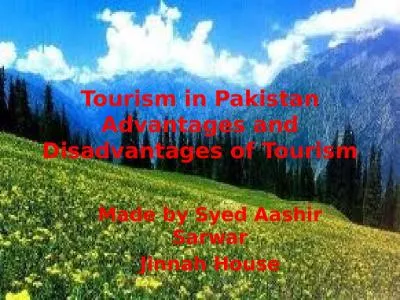PPT-Residents’ Attitudes toward tourism and the Quality of Life:
Author : goldengirl | Published Date : 2020-08-04
the experience of Visit South Sardinia Ilaria Foroni Mariangela Zenga UNIMIB Patrizia Modica UNICA Firenze 1st December 2017 Introduction Tourism Sustainability
Presentation Embed Code
Download Presentation
Download Presentation The PPT/PDF document "Residents’ Attitudes toward tourism an..." is the property of its rightful owner. Permission is granted to download and print the materials on this website for personal, non-commercial use only, and to display it on your personal computer provided you do not modify the materials and that you retain all copyright notices contained in the materials. By downloading content from our website, you accept the terms of this agreement.
Residents’ Attitudes toward tourism and the Quality of Life:: Transcript
Download Rules Of Document
"Residents’ Attitudes toward tourism and the Quality of Life:"The content belongs to its owner. You may download and print it for personal use, without modification, and keep all copyright notices. By downloading, you agree to these terms.
Related Documents

